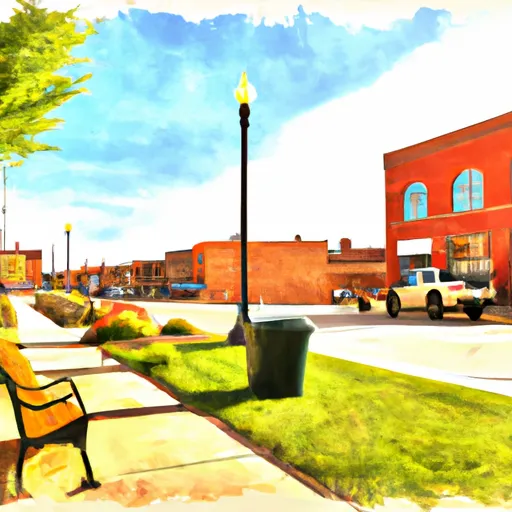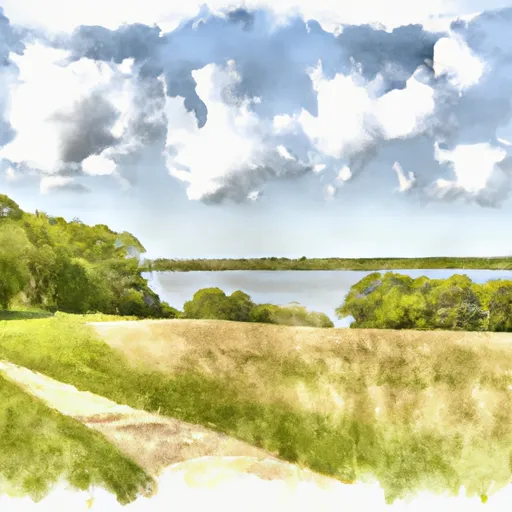°F
°F
mph
Windspeed
%
Humidity











Aurelia, Iowa is a small town located in the northwestern part of the state. The climate in Aurelia is typical of the Midwest, with hot summers and cold winters. The hydrology constituents of the area are dominated by the Little Sioux River which runs through the town. The river provides opportunities for fishing, canoeing, and kayaking. Outdoor recreation opportunities are also available at the Aurelia Golf Course, which offers a nine-hole course for golfers of all skill levels. The town also has several parks with playgrounds, picnic areas, and walking trails. Visitors to Aurelia can also explore the nearby prairies and woodlands, which are home to a variety of wildlife species.
Weather Forecast
Aurelia receives approximately 776mm of rain per year, with humidity levels near 82% and air temperatures averaging around 8°C. Aurelia has a plant hardyness factor of 5, meaning plants and agriculture in this region thrive during a short period during spring and early summer. Most plants will die off during the colder winter months.
Regional Streamflow Levels
83
Cubic Feet Per Second
24,000
Cubic Feet Per Second
30
Cubic Feet Per Second
149
Cubic Feet Per Second
Nearby Camping
| Camping Area | Reservations | Toilets | Showers |
|---|---|---|---|
| Carson City Park | |||
| Olde Towne Co Park | |||
| Legion City Park | |||
| Lyons Park | |||
| Pierce Creek Rec Area | |||
| Pioneer City Park |



